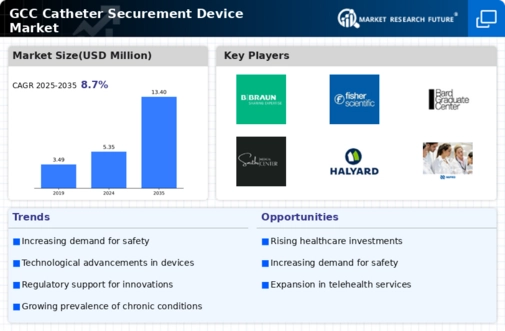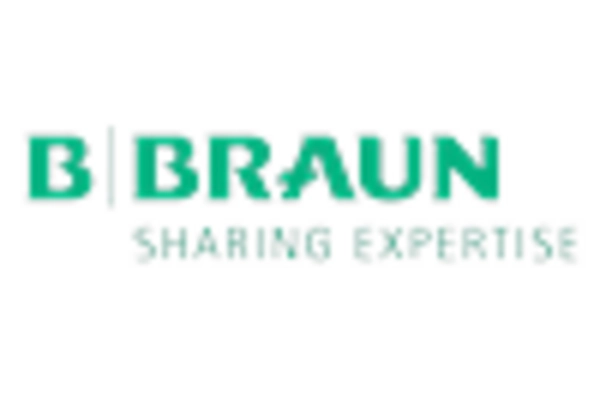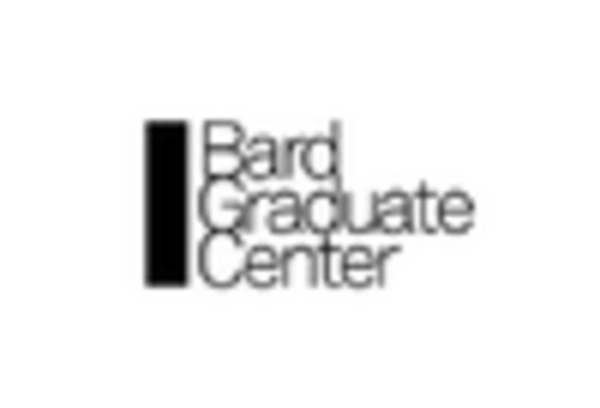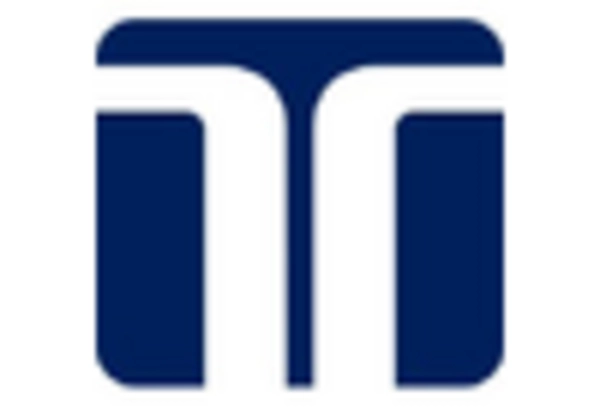Emphasis on Patient Safety
The increasing emphasis on patient safety within healthcare systems in the GCC is a key driver of the catheter securement-device market. Healthcare providers are prioritizing the reduction of catheter-related complications, such as infections and dislodgement, which can lead to extended hospital stays and increased healthcare costs. In response, there is a growing adoption of securement devices designed to enhance patient safety. The market is witnessing innovations aimed at improving device efficacy and user-friendliness, which aligns with the broader healthcare goal of minimizing risks. This focus on safety is likely to propel the catheter securement-device market forward as institutions strive to meet regulatory standards and improve patient outcomes.
Rising Healthcare Expenditure
The increasing healthcare expenditure in the GCC region is a key driver of the catheter securement-device market. Governments and private sectors are investing heavily in healthcare infrastructure, which includes advanced medical devices. In 2025, healthcare spending in the GCC is projected to reach approximately $100 billion, reflecting a growth rate of around 7% annually. This surge in investment is likely to enhance the availability and adoption of catheter securement devices, as healthcare facilities seek to improve patient outcomes and reduce complications associated with catheter use. The emphasis on quality care and patient safety further propels the demand for reliable securement solutions, thereby fostering growth in the catheter securement-device market.
Increasing Incidence of Chronic Diseases
The rising prevalence of chronic diseases in the GCC region affects the catheter securement-device market. Conditions such as diabetes, cardiovascular diseases, and renal disorders necessitate frequent catheterization, leading to a higher demand for securement devices. According to recent health statistics, the incidence of diabetes in the GCC is estimated to be around 20%, which is among the highest globally. This trend indicates a growing patient population requiring catheterization, thereby driving the need for effective securement solutions. As healthcare providers aim to enhance patient care and minimize complications, the catheter securement-device market is poised for substantial growth.
Regulatory Support for Medical Innovations
Regulatory support for medical innovations in the GCC is fostering growth in the catheter securement-device market. Authorities are increasingly recognizing the importance of advanced medical devices in improving healthcare outcomes. Streamlined approval processes and supportive regulations are encouraging manufacturers to introduce new and improved securement devices. This regulatory environment is likely to enhance market dynamics, as companies can bring innovative products to market more efficiently. The anticipated growth in the catheter securement-device market is expected to be bolstered by these favorable regulatory conditions, which facilitate the introduction of cutting-edge technologies aimed at enhancing patient care.
Technological Advancements in Medical Devices
Technological advancements in medical devices are transforming the catheter securement-device market in the GCC. Innovations such as advanced adhesive technologies, smart securement devices, and materials that enhance comfort and reduce skin irritation are gaining traction. The market is expected to grow as manufacturers invest in research and development to create more effective and user-friendly products. In 2025, the market for advanced securement devices is projected to account for over 30% of the total catheter securement-device market, indicating a shift towards more sophisticated solutions. These advancements not only improve patient comfort but also enhance the overall efficacy of catheterization procedures.

















Leave a Comment